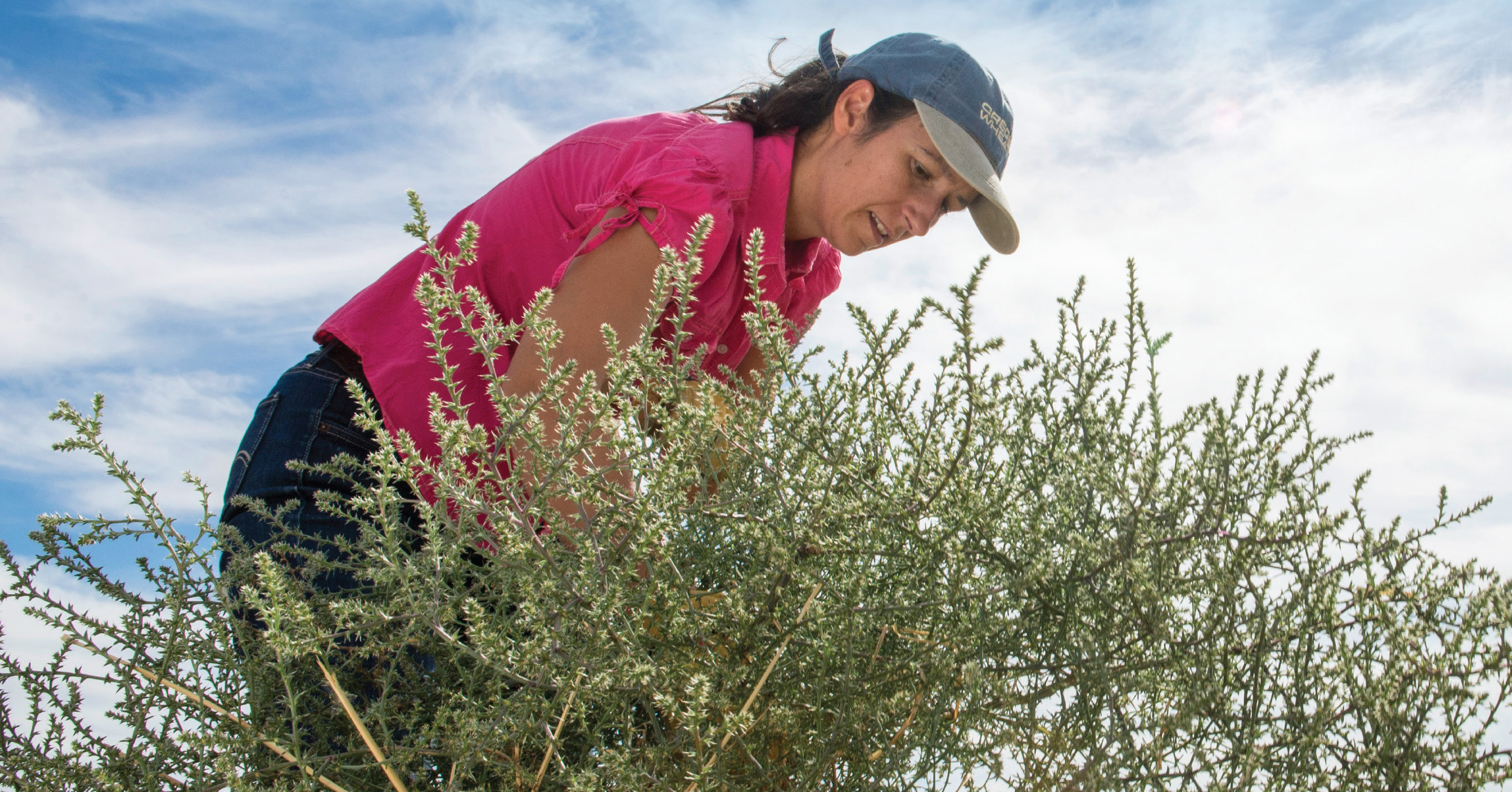BY JULIE NOLTA
Researchers at Oregon State University have some unfortunate news for northeastern Oregon farmers — in that area of the state, the Russian thistle has developed a resistance to glyphosate, one of the most widely used herbicides in the United States.
The weed, Russian thistle, also known as a tumbleweed, rolls with the wind, spreading its seeds over long distances which may be allowing the glyphosate resistance to spread very quickly.
Weed scientists say this species causes serious crop production problems and is a major threat to the sustainability of the wheat cropping systems of the inland Pacific Northwest. It costs U.S. farmers an estimated $50 million annually in control measures.
Each plant produces more than 50,000 seeds and is often the predominant weed in many grain producing fields. Glyphosate is the herbicide of choice for growers in the arid region of northeastern Oregon who rely on repeated applications to control Russian thistle after harvest and in summer fallow.
The scientists from OSU are working with growers to slow down the resistance to glyphosate by rotating different herbicides and using other weed control practices.
Glyphosate is cheaper than other herbicides which has encouraged its repetitive use and raised the likelihood of resistance. However, they’re encouraging farmers to immediately begin other approaches to controlling this troublesome weed species.
Farmers in northeast Oregon were reporting difficulties with controlling Russian thistle with glyphosate in the fall of 2015. The following February, OSU researchers randomly collected samples of the Russian thistle from fields in Umatilla, Morrow, and Sherman counties.
They discovered that three of the samples in Morrow County were glyphosate-resistant and were likely treated with glyphosate much more often than the plants that were susceptible to the herbicide.
Russian thistle was first introduced into the United States in 1873, and today it’s common throughout the western United States—having invaded about 100 million acres. It is particularly well adapted to California’s climate of winter rainfall and summer drought



